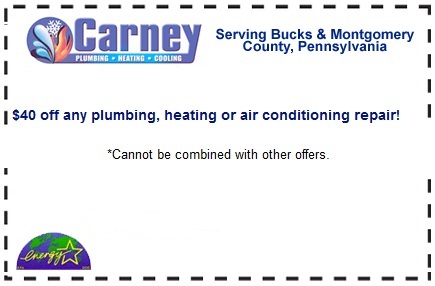Have you ever been in your Jamison house in the winter, listening to the furnace trying to heat the house, but noticed that the whole place is still cold? If you checked the heating vents in this situation, you would probably find that there is not much air flow coming out of them, which is why you are still freezing.
It is entirely possible for the furnace to be burning away, producing hot air, without enough of that warm air ever actually being distributed through your home. So it continues to run and run, resulting in excess wear and tear on the heating system that will probably shorten its productive life, as well as keeping your whole home too chilly.
Why does that happen? There are a several common culprits for insufficient air flow from your Jamison furnace. Below is a list of the most frequent offenders, along with solutions for each:
- Cause: Dirty or broken air filter. An air filter that has accumulated too much build up or is damaged will slow down air flow in a hurry.
Solution: Clean or replace the air filter as necessary. This should be part of routine furnace maintenance in order to ensure efficient operation. Refer to the manufacturer’s recommendations to see how often you should check your air filter(s). - Cause: Damaged, corroded, broken or collapsed ductwork. Your ducts are like the road that warm air travels on. If the road is out, then no one can get through. Simple as that.
Solution: Have a professional inspect and repair your ductwork. A routine ductwork check is also part of a professional’s annual maintenance inspection. - Cause: Blower fan not blowing enough. This can be caused by a loose fan belt, or a dirty motor.
Solution: First, clean the blower fan and the area around it. It has to deal with a lot of air, so it naturally becomes dirty over time. If that doesn’t fix it, the fan belt probably needs to be replaced.
There are some other causes of improper furnace air flow, but those are the most common and easiest to detect and repair. If your heat registers are not returning any warm air at all, that is likely a different problem and you should call Carney Plumbing, Heating & Cooling to look at the system right away.


